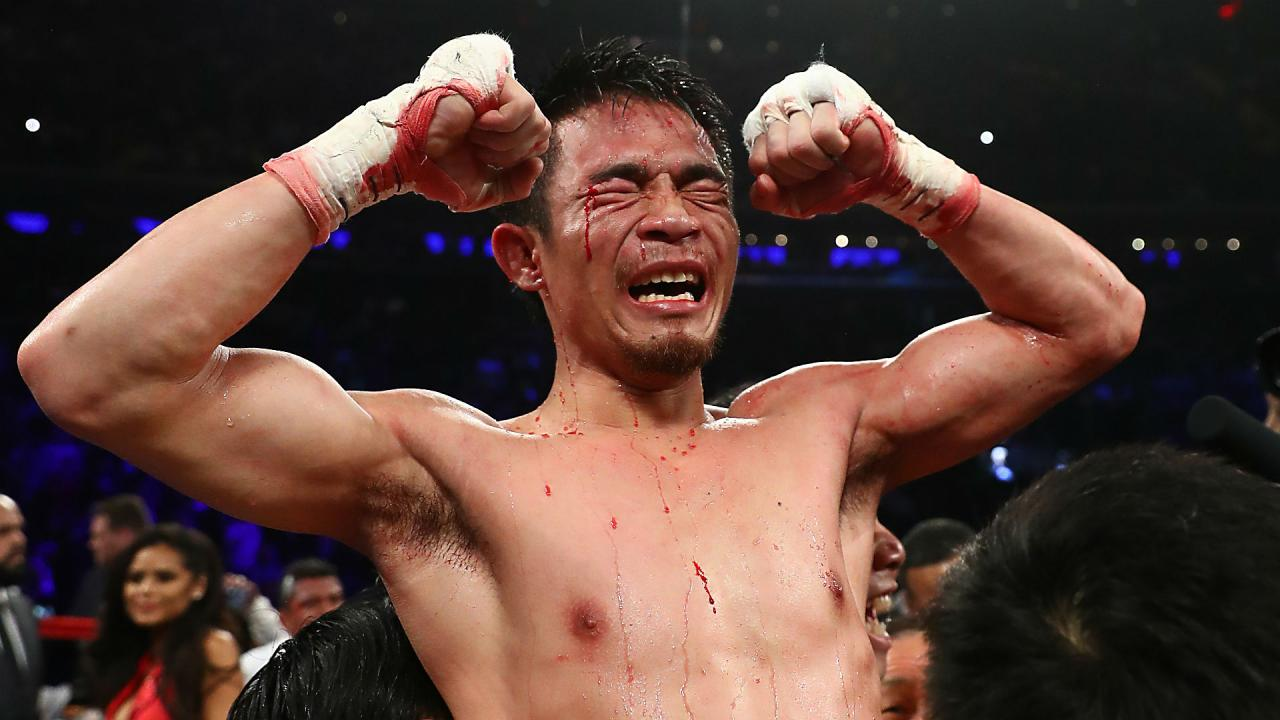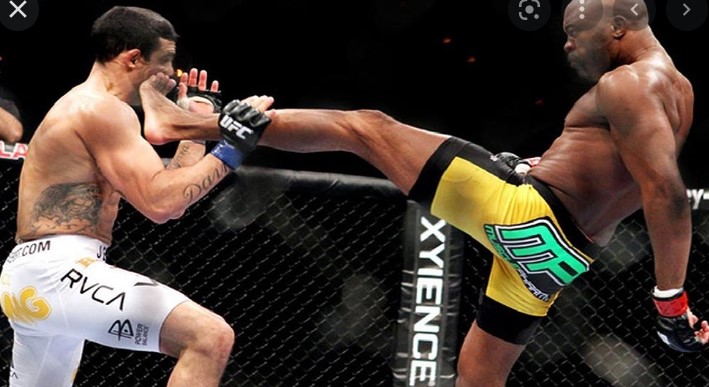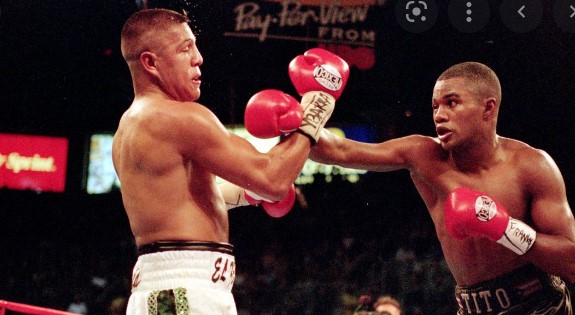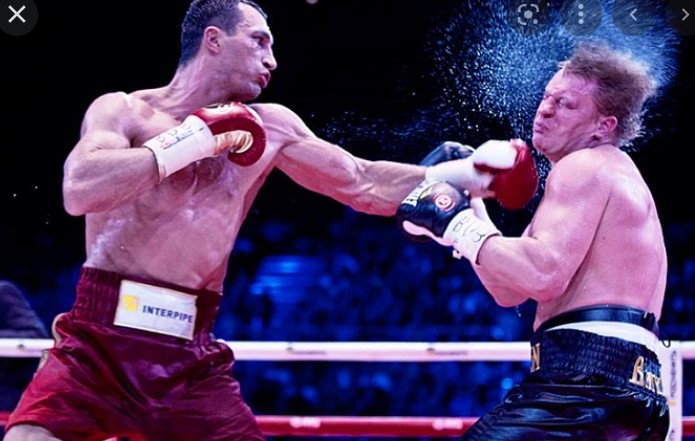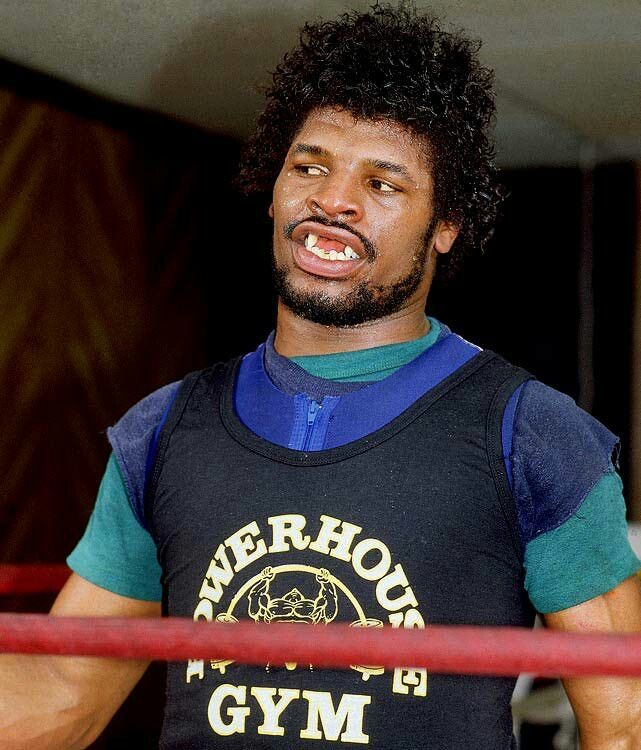Boxers who are determined, intelligent, reckless, or simply ambitious are all difficult to judge and may even be incorrect. However, the impression of boxing that is sometimes "less noble" and more "businesslike" remains in the minds of fans.
So let's look at three examples of how, once upon a time, the best faced the best head-on, sometimes risking everything for the sake of glory and ambition.
Ali vs Foreman
The historic match between Ali and Foreman, Rumble in the Jungle, was much more than a boxing match at the time. It was a clash between two men with vastly different personalities and ideals.
At the time, Foreman was the clear favorite. At the age of 24, he knocked out Frazier in two rounds, and the following year, he knocked out Ken Norton in two rounds as well: two boxers who had given Ali a lot of trouble and had been able to defeat him were swept away like leaves in the wind.
Ali, on the other hand, derived his authority from recent statements about Frazier and Norton, but not with the same authority as his opponent: victory by non-unanimous decision against Norton and unanimous decision against Frazier.
Despite the predictions, Ali always displayed a sense of superiority over Foreman, whether real or imagined, to the point of making fun of him in an attempt to intimidate and ensnare him. Ali's corrosive ways, according to Teddy Atlas, which he adopted at Cus D'Amato's suggestion, crumbled Foreman's certainty to the point of making him more human. The rest is boxing history, which has been told a million times but is still fascinating.
Hagler vs Leonard
Hagler - Leonard was the constant pursuit of glory, the attempt to push oneself beyond one's limits and rewrite history, and a thousand other things. Not that Leonard's decision was made without thought. Sugar is unlikely to have been considered a more "human" Marvelous before deciding to try, albeit with the utmost conviction.
It's also unlikely to believe that in that ring years before, when Hagler, much heavier and more powerful, was grinding opponents against opponents and dedicating himself to the history of the noble art, he was grinding opponents upon opponents.
Nonetheless, after nearly three years away from the ring, Ray Leonard's decision was still a risky one, requiring great courage and ambition, and standing in stark contrast to a more calculated and programmatic approach to boxing.
Duran vs Hearns
Roberto Duran, at the age of 33, was still hungry for glory, money, and success. He didn't know how to live without the ring, and he couldn't live without the sensations it provided.
Roberto had decided to challenge Thomas Hearns for the WBC super welterweight title after his fight with Marvin Hagler, in which he was only defeated by unanimous decision. Hearns was 25 years old and at the peak of his career at the time. Roberto had a particularly difficult appointment.
He was knocked out twice in the first round by Hearns' terrifying blows, and at the gong, he was shaken to the neutral corner and brought back to him by one of his seconds. Roberto tried to stop it in the next round, but it was in vain.=
Hearns swarmed him with punches until the Panamanian collapsed to the mat after being hit by an unprecedented straight right. Duran then vanished from the scene. He took some time to recover, but when he faced Iran Barkley, he once again wowed the world. To show that getting up is far more important than never getting knocked down.
